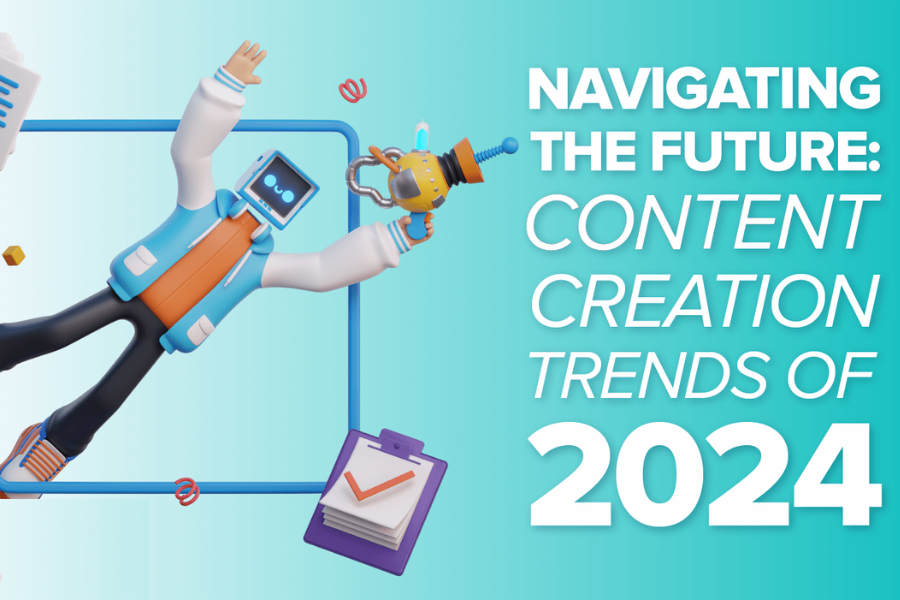Next-Generation Media: Redefining Content Creation and Distribution
Table of Contents
- The Changing Media Landscape
- Innovative Approaches to Content Creation
- Emerging Distribution Channels
- Redefining Audience Engagement
- Case Studies of Next-Gen Media Companies
- Tools and Technologies Driving Change
- Future Trends in Media
The Changing Media Landscape
The rapid digitization of media has completely changed how people access and use material. Thanks to smartphones and high-speed internet, users may now engage with media-on-demand while on the go. One of the best examples of this shift is the growing acceptance of streaming services, which offer vast content available whenever and wherever you choose. According to recent entertainment news, many voices and opinions have emerged due to the digital age’s content creation and distribution democratization. Giants in the streaming industry always introduce new content to cater to various interests and preferences. This democratization has allowed independent creators to reach a wider audience without the assistance of traditional gatekeepers.
Innovative Approaches to Content Creation
Next-Gen Media Companies are leveraging technology to create compelling and immersive content. Techniques such as virtual reality (VR) and augmented reality (AR) are being used to enhance storytelling and provide unique viewer experiences. For instance, VR can transport viewers into the story’s heart, allowing them to explore virtual environments and interact with characters in a way that traditional media cannot. Moreover, these companies use big data to analyze consumer preferences and tailor content accordingly. This data-driven approach ensures that content meets and exceeds audience expectations, fostering greater engagement and loyalty. Additionally, user-generated content is encouraged and integrated into mainstream media, making audiences co-creators rather than mere consumers.
Emerging Distribution Channels
Traditional distribution channels like television and print media are being supplemented and, sometimes, replaced by digital platforms. Social media has become dominant, with platforms like YouTube and TikTok serving as primary content consumption and distribution venues. Social media platforms allow content to go viral quickly and reach a global audience, often within hours. Influencers and digital creators are becoming critical players in this ecosystem, using their platforms to distribute content and engage with followers. The rise of podcasts and audio content has also introduced a new distribution medium, catering to audiences who prefer consuming content passively while multitasking.
Redefining Audience Engagement
Engaging with audiences has become more interactive and real-time. Live streaming, interactive polls, and real-time comments have made media consumption a two-way street. This engagement is essential for building a loyal audience base and driving higher levels of interaction. Next-Gen Media Companies also invest in community-building initiatives, such as online forums and fan meet-ups, to foster a sense of belonging among their audience. Personalized notifications, content recommendations, and direct feedback mechanisms keep audiences engaged and returning for more. By incorporating gamification elements, such as quizzes and challenges, media companies make content consumption more engaging and rewarding for viewers.
Case Studies of Next-Gen Media Companies
Several Next Gen Media Companies are leading the way in redefining content creation and distribution. For instance, some companies are developing content designed to go viral on social media, while others are creating subscription-based models that provide exclusive content to paying members. For example, platforms like Patreon allow creators to monetize their content by offering exclusive perks to subscribers. These strategies are innovative and indicative of the future direction of media. Netflix’s approach to data-driven content creation has revolutionized the industry, developing hit shows like “Stranger Things” and “The Crown” that cater to specific audience segments. Similarly, companies like BuzzFeed have mastered creating shareable content that resonates with social media users.
Tools and Technologies Driving Change
A multitude of instruments and technologies are revolutionizing the media sector. Material creation and distribution are automated through machine learning and artificial intelligence (AI). Media firms may stay ahead of the curve by using AI algorithms that can identify trends and forecast the content that will become popular. Blockchain technology is also being investigated to prevent piracy and guarantee content authenticity. Blockchain technology can offer an unchangeable and transparent record of content ownership, guaranteeing that artists receive just compensation for their labor. AI-powered content production suites like Adobe, for example, make it more straightforward for producers to make high-quality pictures.
Future Trends in Media
The future of media is expected to be influenced by developing technologies and changing consumer habits. AI-powered and extensive data-driven personalized content will increase. Refinements to suggestion algorithms will be made by streaming services to offer a more personalized viewing experience. Faster and more dependable streaming will be made possible by new technologies like 5G, opening the door for more immersive entertainment.
Expect a rise in immersive experiences that conflate the virtual and real worlds as VR and AR technology become more widely available. Subscription models combining several content categories—news, music, and movies—will increase and provide customers with a one-stop shop for all their media requirements. Biometric feedback and neuromarketing innovations will illuminate audience engagement, allowing creators to fine-tune their content in real time.
“Explore the latest insights and trends at NYHeading.com.“






